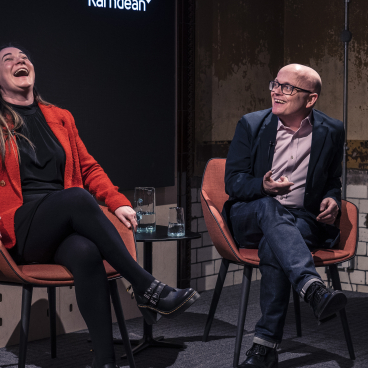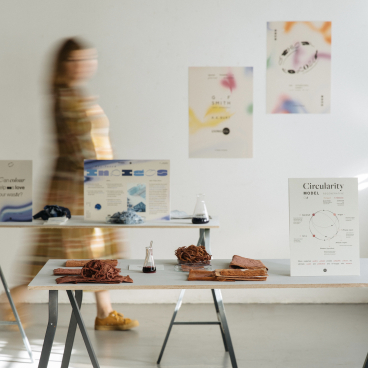Sustainability – who is not pulling their weight?
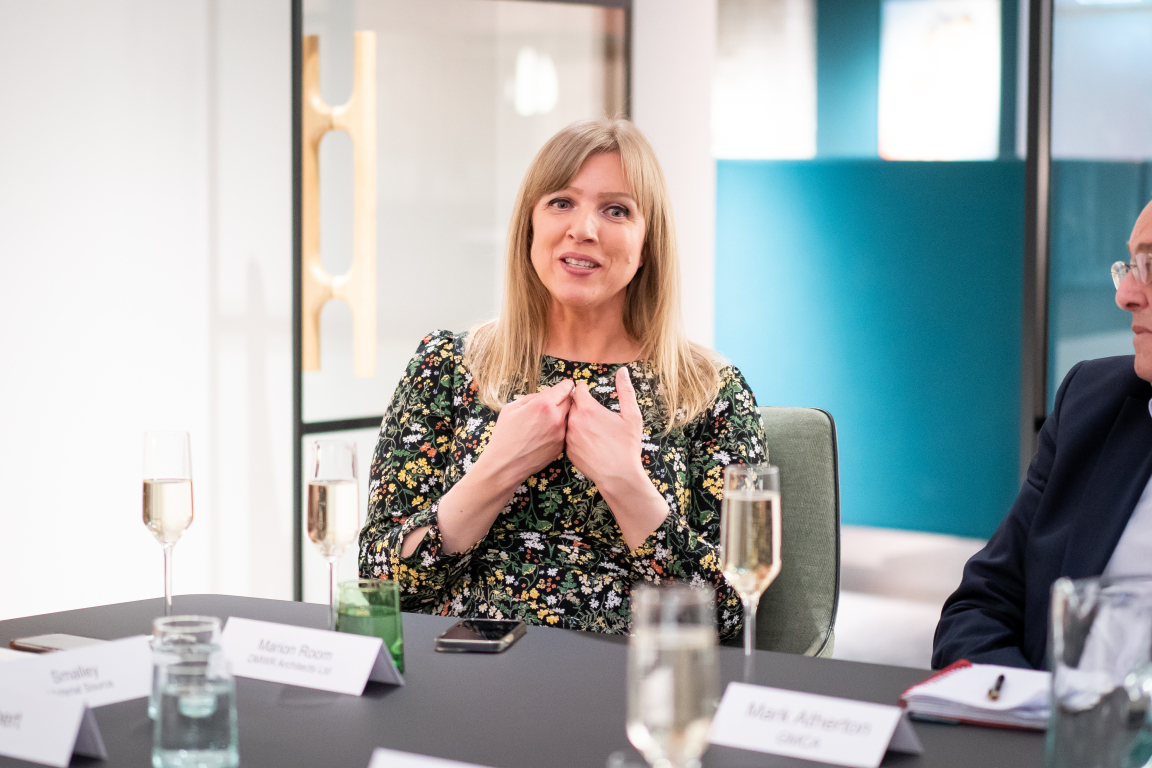
Hot on the heels of our recent sustainability seminar which focused on the themes of ‘confusion, action and trust’, we returned to this huge subject at our latest round table discussion.
This time we focused solely on ‘action’ and what needs to happen right now for the industry to help broader national efforts to reach net zero.
Chaired by Material Source Studio Director David Smalley, we brought together a superb panel of architects, agents, interior designers and policymakers to debate this most pressing issue of our time. Special thanks to you all, as well as to our co-sponsors for the evening, Ege Carpets and Cosentino.
Our guests
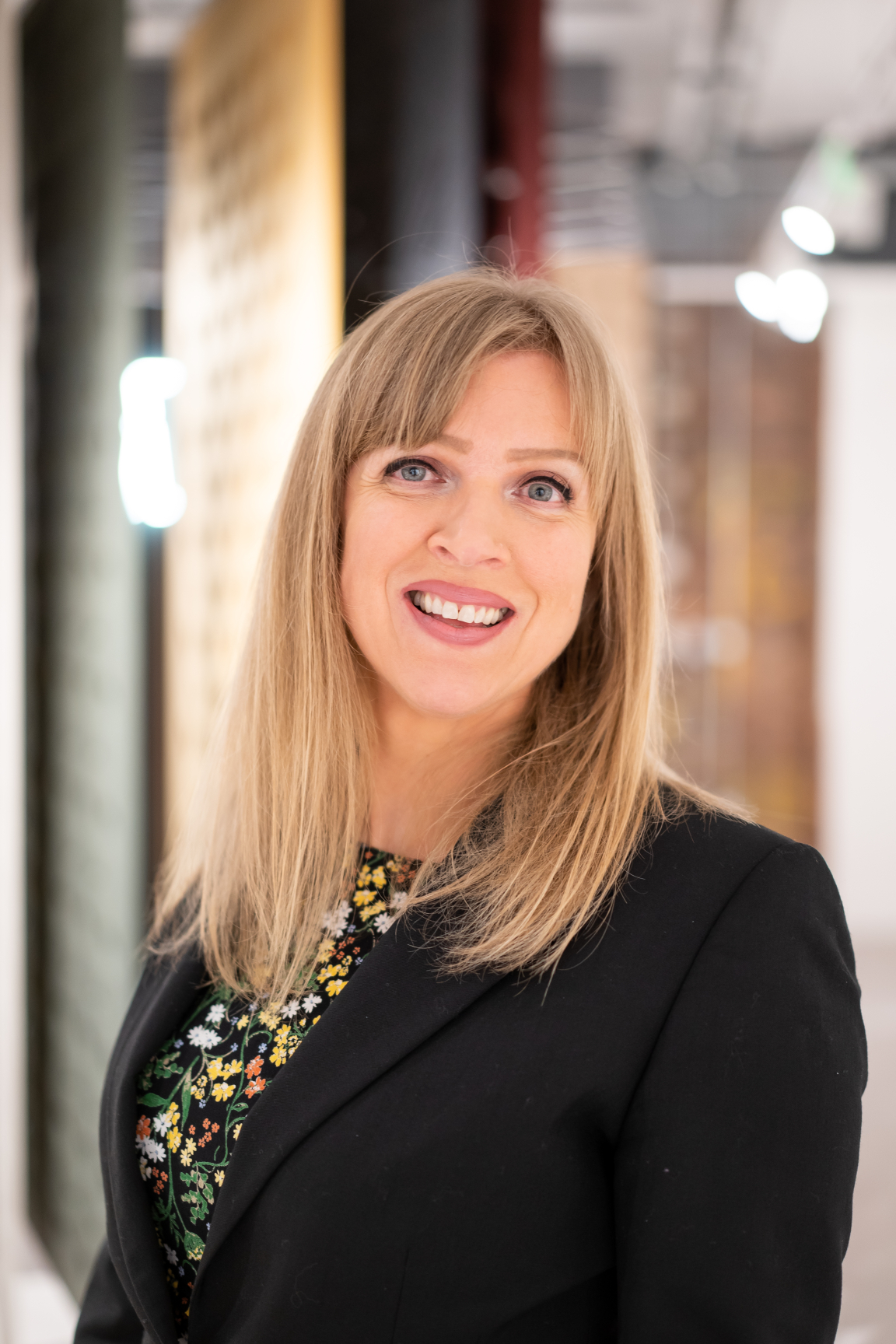
Marion Room, Director, DMWR Architects

Alex Esfahani, Senior Architect, Chapman Taylor
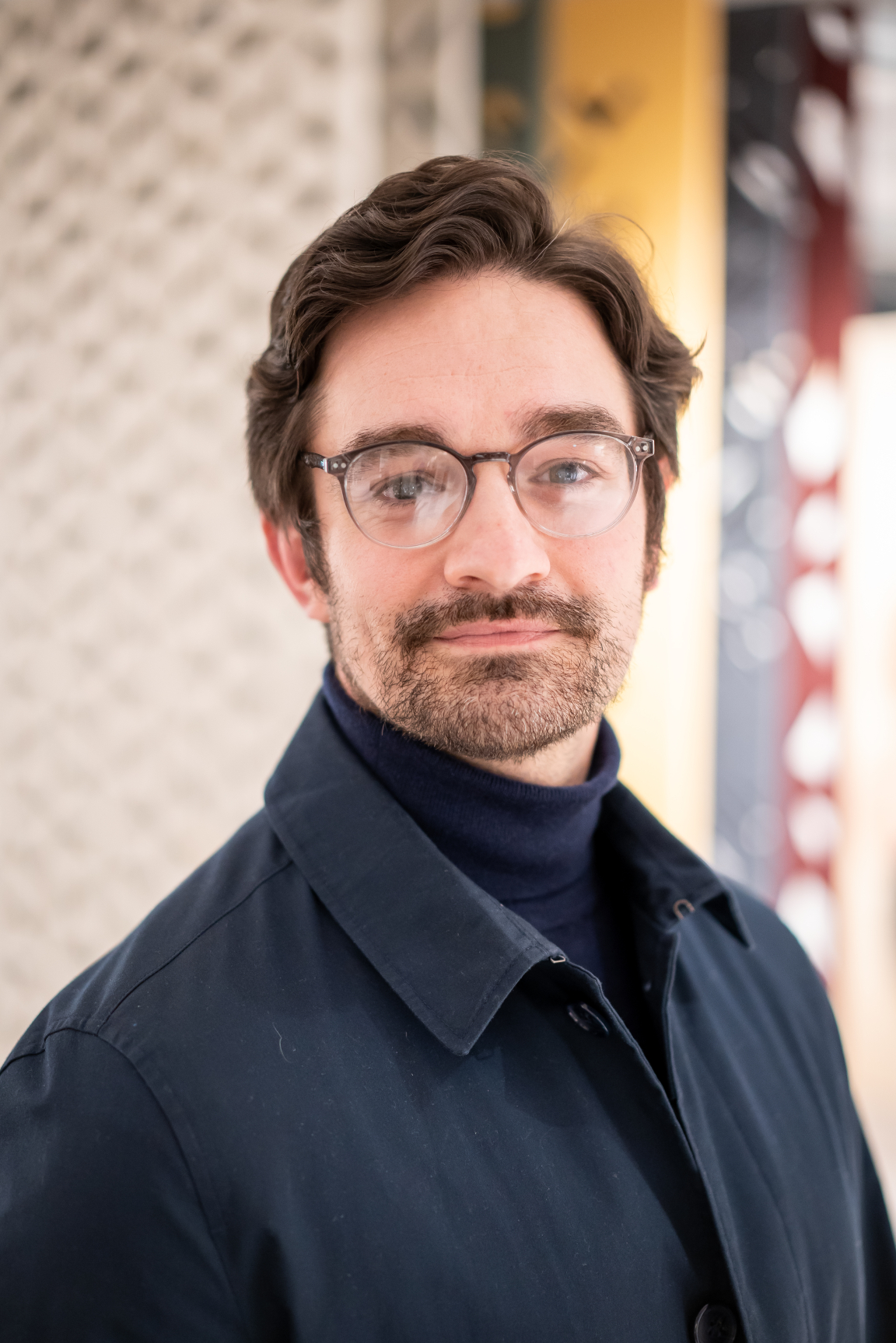
James Devany, Director, JLL
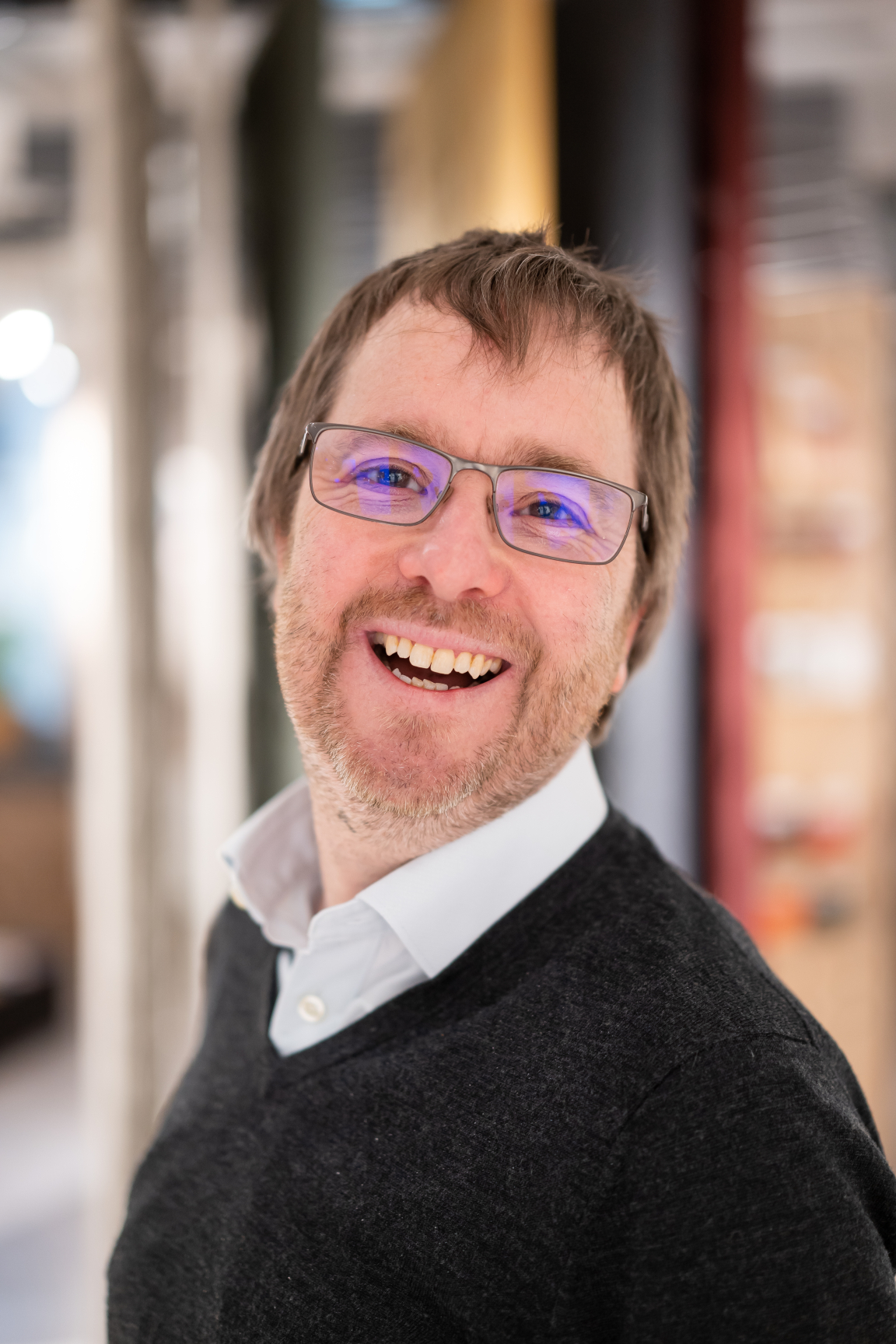
Robert Hopkins, Director and Head of Sustainability, AHR Architects

Mark Atherton, Director of Environment, Greater Manchester Combined Authority
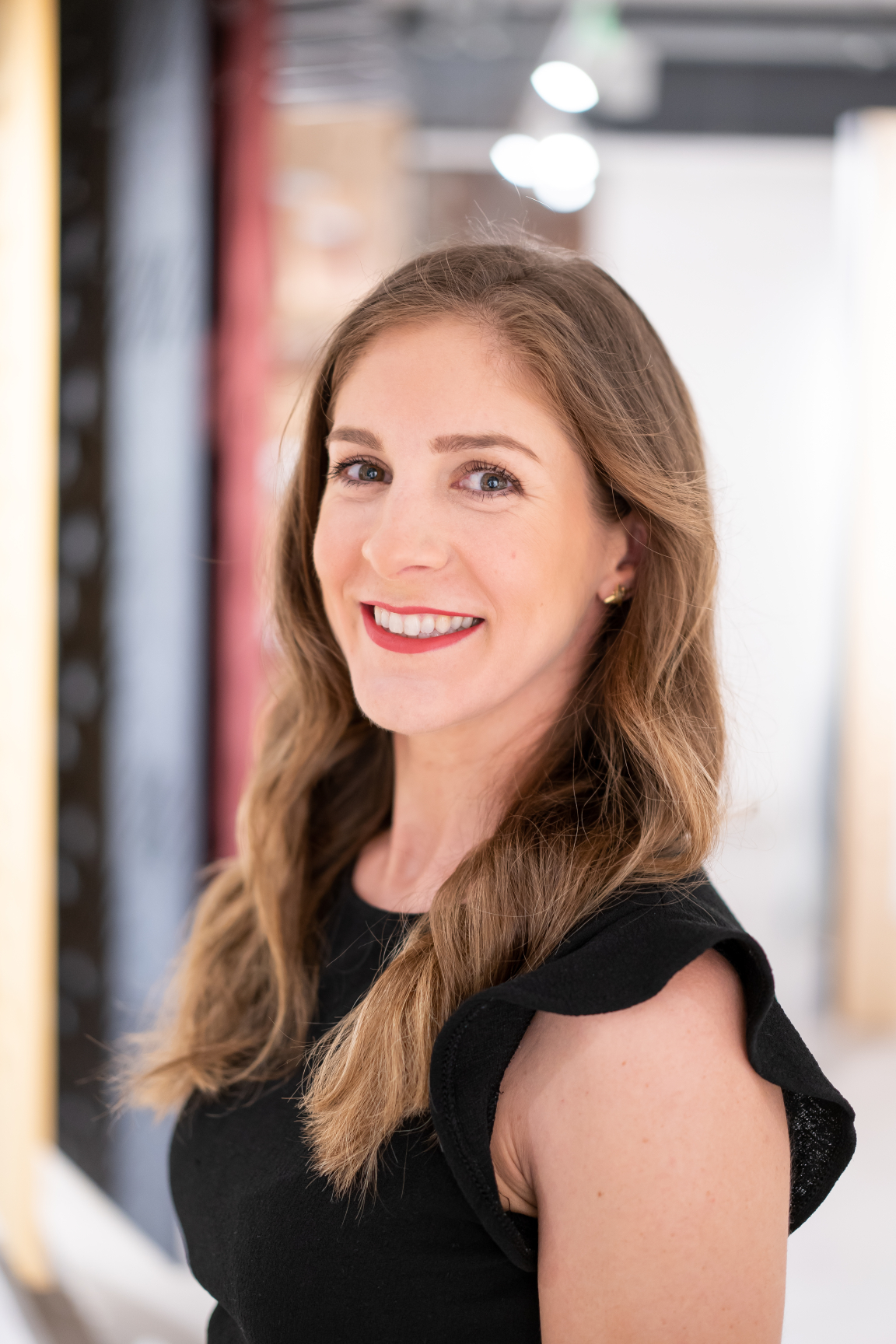
Elena Partida, Interior Design Project Lead, EPR Architects
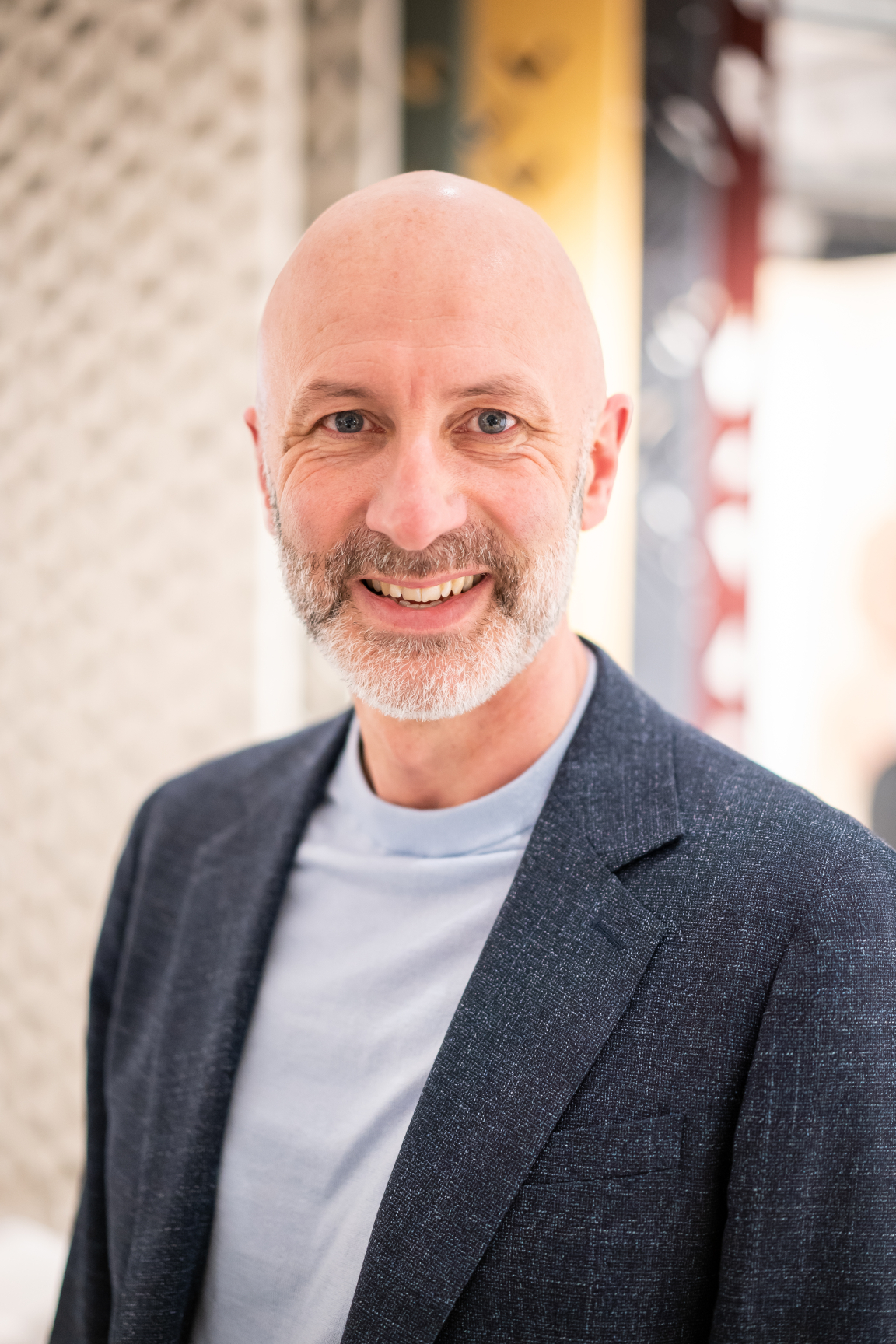
Jasper Sanders, Design Director, Jasper Sanders + Partners
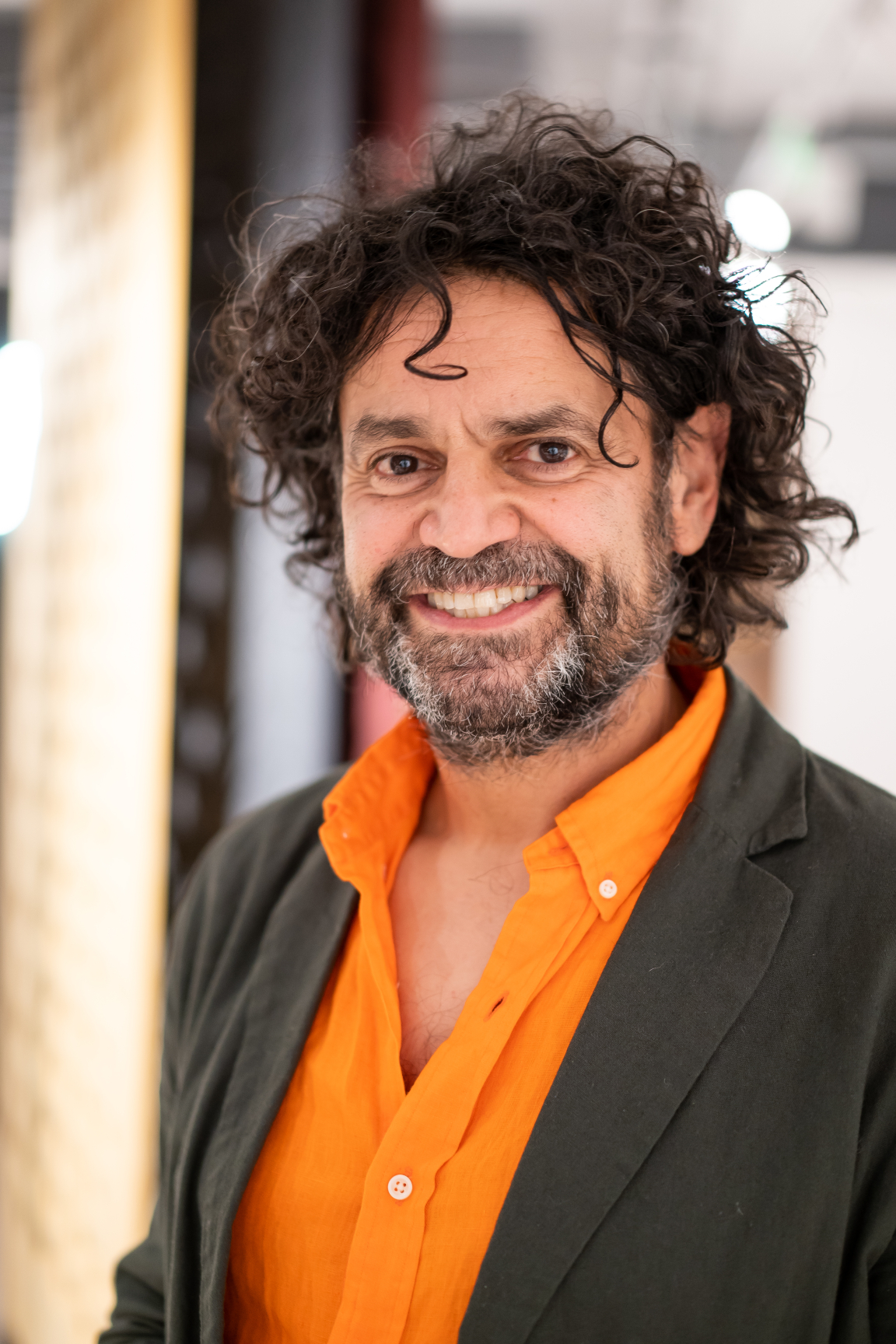
David Smalley, Director, Material Source Studio
David kicked off the discussion by asking each of our panellists where their own passion for sustainability stemmed from. For Robert, who oversees all AHR projects across the UK in terms of their sustainability credentials, the key was “ensuring consistency in approach”, while Elena said her interest was not just in the sustainability of materials but also in how “we experience interiors and feel about them”.
Alex said one of his key passions was bringing together all the different collaborative processes from across the firm’s global studios, while Jasper explained how he first started his practice a decade ago because he was “disappointed in person-centred and planet-centred design”, and because too many architects and designers were focusing on ‘what it was and not why it was’.
James said from a sustainability perspective now was a very interesting time. “As a business we have committed to some pretty serious scientific targets, and I am looking at sustainability from a landlord, developer and occupier side.” Marion said her passion was the ‘S’ of ESG (Environmental, Social, Governance) and particularly the Passive House building standard and how to raise the bar for domestic environments.
Mark’s job is to deliver Greater Manchester’s five-year environment plan which sets out a 2038 carbon neutral target. He said the big picture issues he was interested in were how you get systemic change to happen at scale and as quickly as possible.
As we start decarbonising the energy network the relationship between building infrastructure, transport infrastructure and energy infrastructure becomes ever more inter-related and complex - Mark Atherton
Pulling their weight?
David then dived straight in and challenged the panel with our key question for the evening. Namely, who is not pulling their weight in the property food chain when it comes to sustainability?
Mark said rather than pointing the finger, we needed to look at the bigger picture. “We are making progress and we have a way forward on domestic retrofit. It is not easy and it will take time, but there is legislation coming and some of the self-financing is starting to make sense, particularly as energy prices increase. The real challenge I think is about commercial building retrofit because there are very few drivers. You have to rely on building owners who have an ethos of ‘we are going to do this’ because no-one is actually pushing them at the moment. I think that will change, but right now there is very little driver. How do you share risk and reward?”
James said this resonated with him in terms of the kinds of discussions he was having with landlords and pension funds. “What we are seeing is the corporate world committing to scientific targets, but in the SME world and more regionally there needs to be further engagement. The occupiers will drive change but, even more so, the investors and investment value of that asset will drive change too. For instance, our capital markets team is now seeing that filter through into certain green funds which won’t touch certain buildings.”
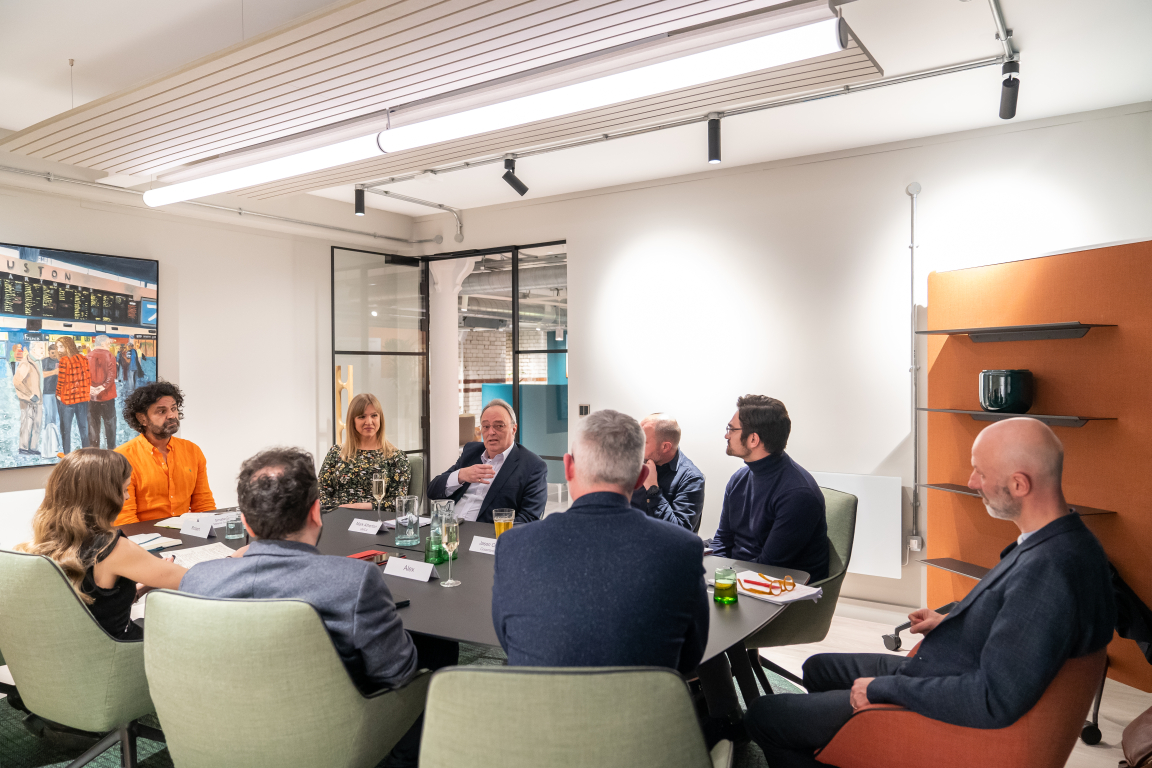
Staying with the financial angle, Robert said he has seen big changes over the last 12 months from debt providers. “Banks are now saying that they will not touch projects unless they are net zero carbon.” He went on to say, somewhat contentiously, that he actually thought retrofit was an easier challenge. “If you have a building that you finished three years ago you have a problem on your hands because you have new tenants, long leases, and a building that doesn’t perform to the standards that are required. With a heritage asset that is 100 years old the values of that asset are reflected in being able to invest money to get it into a place of net zero carbon. They are actually an easier challenge.”
Marion added that we needed to start seeing buildings not as new entities but also as existing assets which are being repurposed.
I recently saw a really good example of an unattractive 1970s office building in Hamburg which had been turned into a hotel. It suited the vibe perfectly. They stripped it all back and created a perfect vibe for a city break. There is absolutely no reason why we cannot repurpose buildings - Marion Room
“I want to go back to what James was saying and incentives for SMEs,” added Alex. “Take software. It is a lot easier and readily available for larger companies to be able to test buildings regularly and rigorously, but SMEs don’t have that opportunity to test. We need more open source, more collaboration.”
Interior design
David then switched the debate to interior design and asked Elena what clients were thinking about sustainability from an interior design perspective. “They are interested in how people feel about a space,” she replied. “It is not just about targets but also is this sustainable? It is about the product and mental wellbeing. Post pandemic we have seen this shift to providing different spaces that you would never have thought about before. For instance, we are doing a project in Manchester at the moment which has a retreat room. That is responding to market need.”
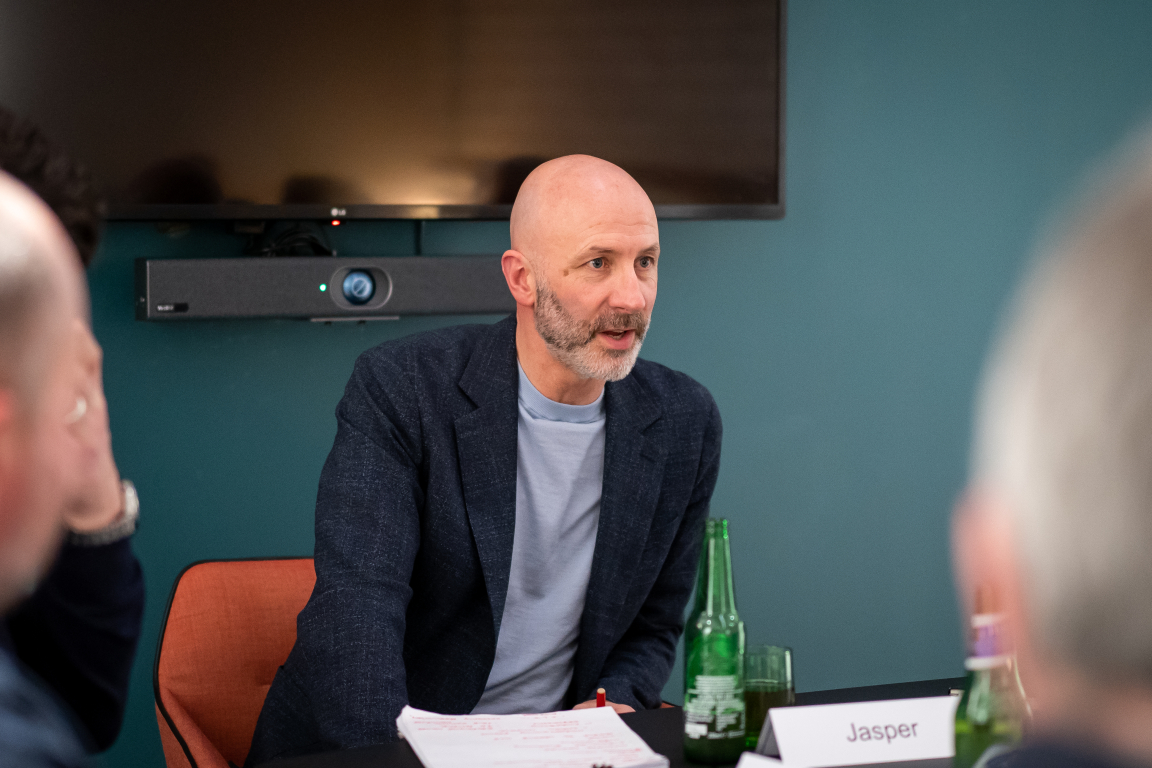
Picking up on the post-pandemic environment, James added he was seeing a flight to quality among businesses and occupiers. “Sustainability, amenity and flexibility is a massive part of that. Businesses are prepared to pay higher rents to get that.”
Robert said the measurable example he always gave in this context was Bank of America in mid-town Manhattan where their “healthy” building was reckoned to put $100m on their bottom line per year based on productivity metrics and employee performance. “Times that by 20 years and that is a lot of money.”
Returning to Elena’s point about how people feel in a building, Jasper said interior designers were today carrying out forensic analyses of interiors, while brand perception was also crucial. “We are looking at what can we keep and retain, what can we re-use. Recently a client told us that they wanted people to know that the refit was sustainable, and that it needed to come through in their brand. They wanted people to know by looking at the materials. They want to come across as sustainable because it is about attraction and retention of best staff and trying to make the world better.”
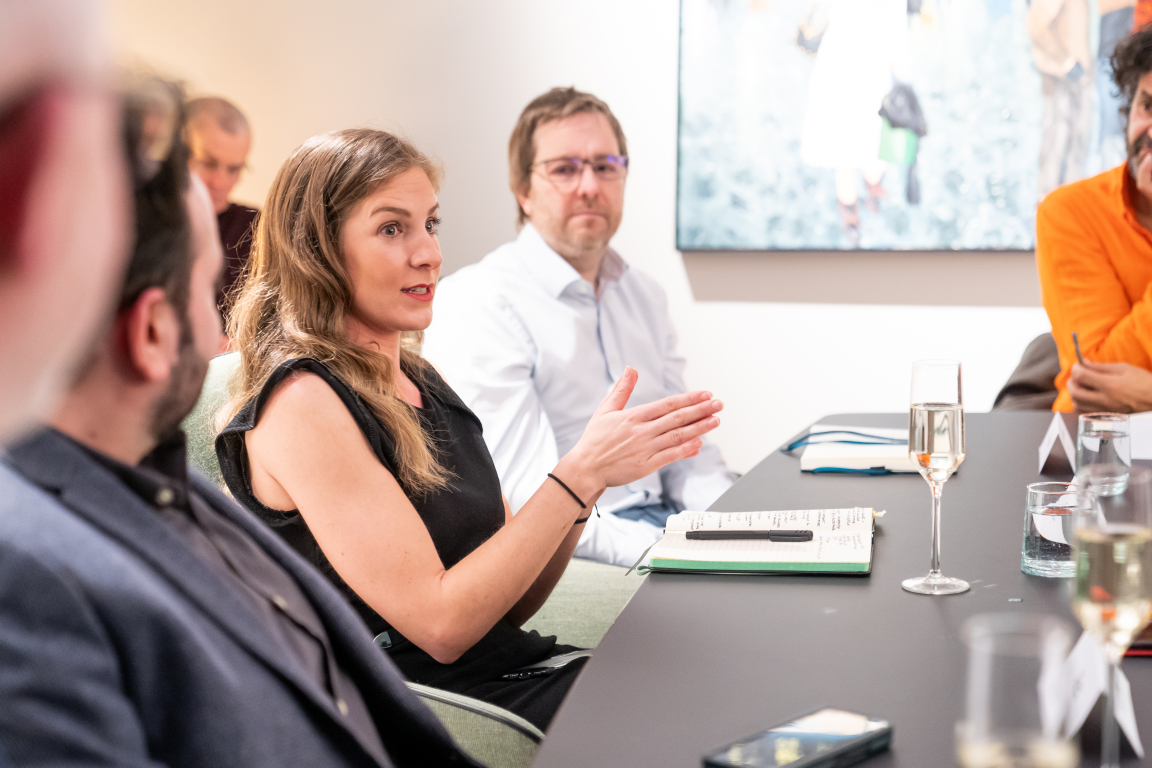
Green leases
What is interesting in this context are green leases, added Elena. “Ok, we are spending lots of money on making a building sustainable. But what happens after? Who is going to keep this and maintain it in a sustainable way? There is a need to sign up to energy efficient systems, lighting management, access to light, materials etc. How can we control this aspect?”
James agreed. “Buildings are only going to be net zero carbon if the partnership between the occupier and the landlord works. To those who don’t know, green leases are basically a contract. To be net zero carbon in operation, the occupier has to do certain things and the landlord has to do certain things and they have to be detailed within the lease. For instance, there may be an obligation to acquire sustainable energy from sustainable sources. Everyone has to act in a certain way.” It is about changing attitudes, added Marion. “It is not the end of the story when you hand over a building anymore, it has got to be about the governance and monitoring of the building once it’s in use, and it is also about educating the tenants too.”
Manchester and its 2038 target
So where is Manchester up to in terms of its ambitious 2038 target? Well, we certainly had exactly the right man in the room to help answer the question. Mark was frank in his current thinking. “We are about nine million tonnes behind where we need to be, which in effect is one year’s carbon emissions. The challenge is that we are not moving fast enough. Is it theoretically still possible, yes. But in truth the carbon budget is going to get blown in about four years’ time. Unless we rapidly decrease over the next four years, which let’s be honest is unlikely, then actually we are going to blow the carbon budget.”
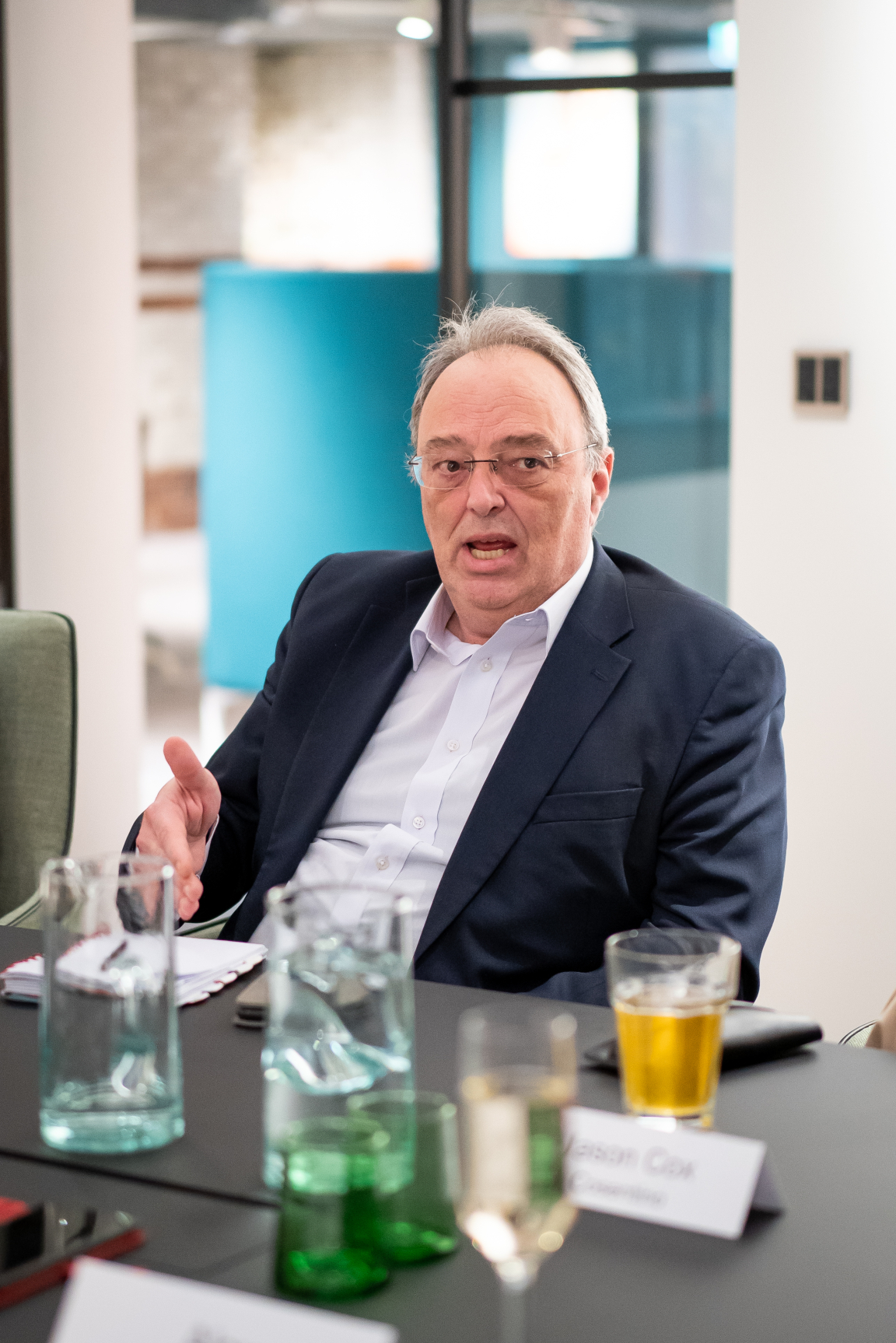
However, Mark was keen to defend the target. “My view is that it is right to have the target and it is a stringent one. We use it as a benchmark, we try and get as close to it as we possibly can, and decarbonise as quickly as we possibly can. But the challenges are that not everything is within our control, and that has become much more evident. So how do you get collective responsibility? How do you get other people who have the levers that are not available to you to buy into your vision? I am interested in how levers, behaviour change, sentiment and people’s feelings can create a vibe that this is both the right and sensible thing to do.”
David asked what were the areas that Mark didn’t have control over and how could people around this room help. “Commercial buildings is an area where we have very few levers,” replied Mark. “We could in theory have a variable business rate where you offer a more favourable rate to those buildings which are greener. It is not easy to do, and politically is quite challenging. Other than that we have very little. All we can really do is encourage, collaborate and bring people together because it has got to come from the sector itself.”
All about heat
Mark added that it was “all about heat” in terms of commercial buildings. “That is where the government grants are at the moment in both the public and domestic space. It is about reducing heat demand and keeping buildings cool.” It goes back to natural ventilation, added James. “Look at a building like the Hive in the Northern Quarter which was developed by Argent. That building was way ahead of its time. Those kinds of things are being relooked at now. What is needed is a step-change in people’s mindsets about how they occupy space and the climate control within the building.” There has to be a motivation that hits people in the pockets, added Marion. “Whether it’s the landlords, investors or occupiers, that is what drives the change.”
Robert pointed to the benefits they had experienced first-hand of having an ambient heat loop system in their own building. “That is a really simple system whereby the side of the building that is too hot takes the heat from there and puts it on the cool side, and the side of the building which is too cool puts it on the hot side. It really works. We have taken at least 25% of the energy load off the building just through having an ambient heat loop and opening windows.”
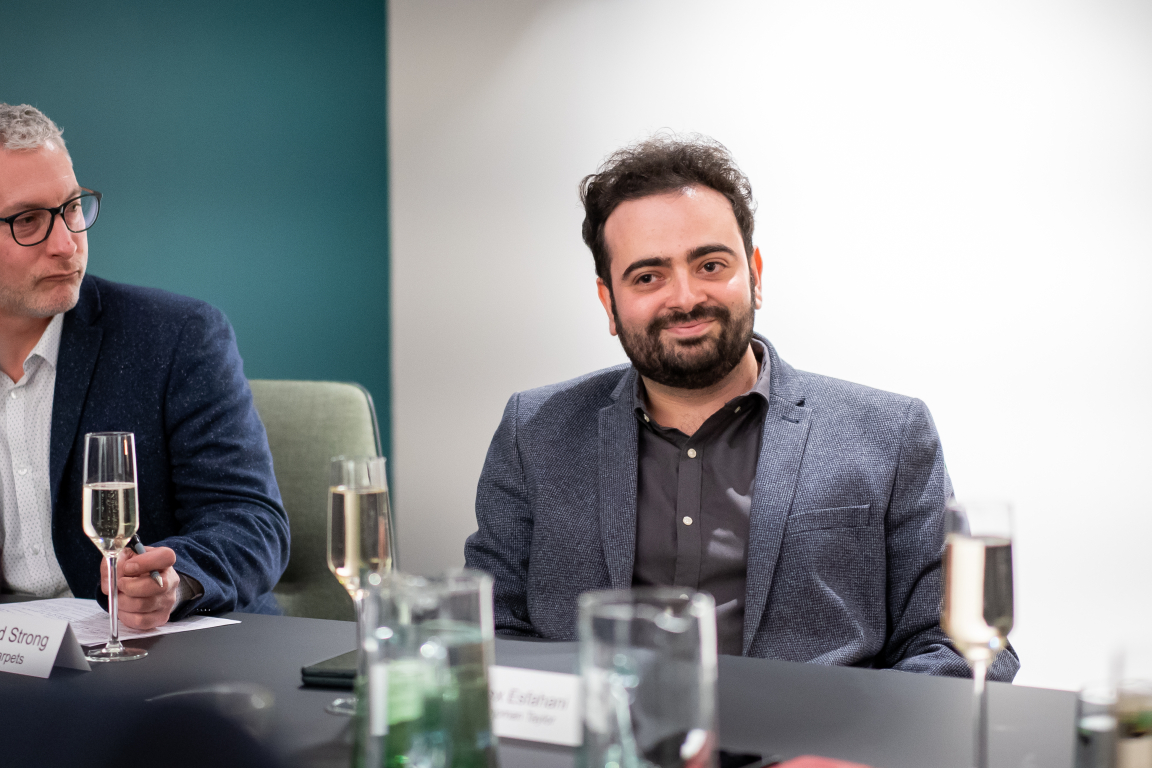
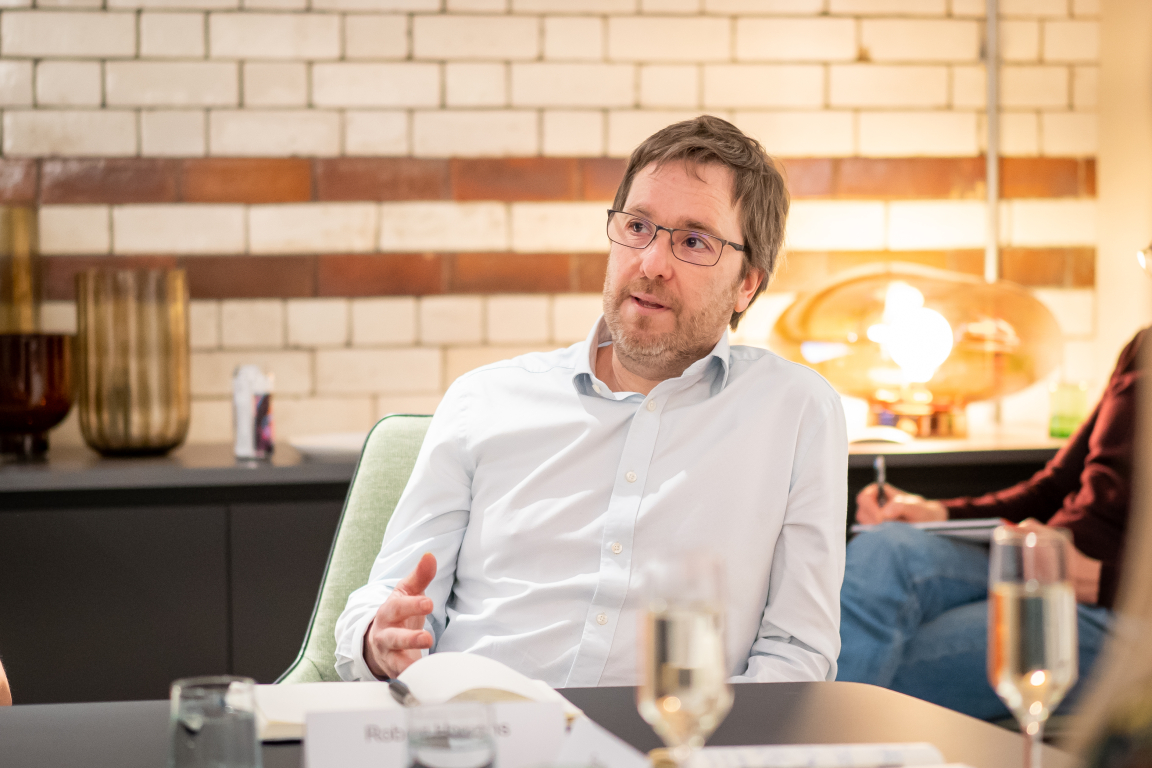
It is the same with columns, added James. “Agents will look at a building historically and say we need a columnless floorplate, but a lot of steel needs to go into that for the strength. We are looking at a couple of buildings at the moment where we are reintroducing columns to reduce the amount of steel. The most important point is that you have to communicate this to an occupier and explain why.”
Alex stressed the importance of procurement and the need for a complete re-think. “We need everyone on board early on in the procurement process. Gone are the days when it is purely the architect with the developer or cost consultant, we need these intuitive processes and to be discussing these key drivers. Procurement is the thing that needs to change and it is happening as we have seen from the planning legislation coming forward. In terms of how we design buildings there also has to be a direct synergy with interior designers to ensure you are designing a building that can be future-proofed and adaptable. Having a structural engineer on board early on in the design can also have significant savings.”
Making a difference
David concluded the debate by asking the panellists what would make the biggest single difference to helping Greater Manchester reach its 2038 target.
For Robert the number one was education. “We have got to have a generation that actually understands how to design and build buildings, or retrofit, in order to get to net zero carbon. That knowledge doesn’t exist in the construction industry, or the consultant industry. Until we get a grip of that we have a problem on our hands.”
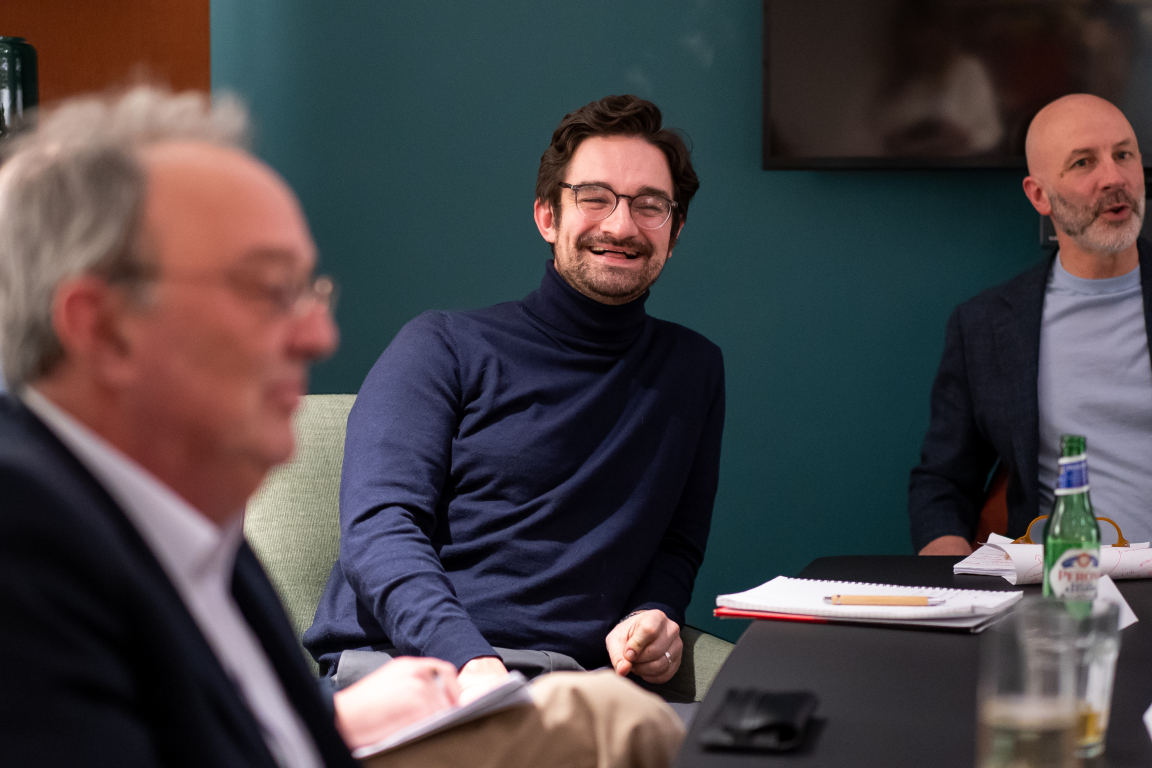
Education was also top of the list for Jason Cox from our event co-sponsor Cosentino. “It is about education and a universal standardised approach. If we are in a dream world, then instant culture change would be great, as would full implementation of circular economy principles.” Richard Strong from our other event sponsor Ege Carpets, added that as a manufacturer recycling was important, but that they also increasingly recognised the importance of re-use as well.
Elena said she would be keen to champion Environmental Product Declarations (EPDs), while for Alex the number one was technology. “Back testing performance gaps will become key, and understanding where we are as an industry and where we need to be.”
Jasper’s dream is seeing a modular housing system and low carbon housing, which his firm has been developing, introduced. For James it was evidence-led legislation but in a collaborative manner, while for Marion the priority was global alignment and focus.
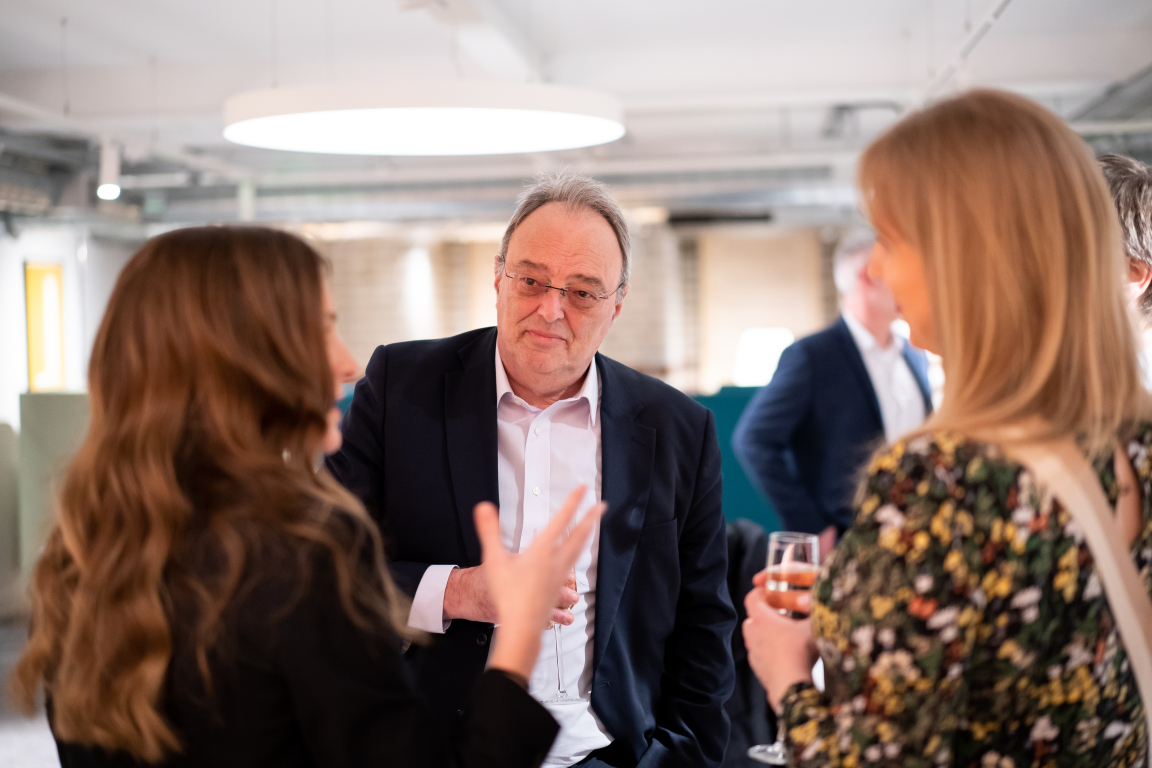
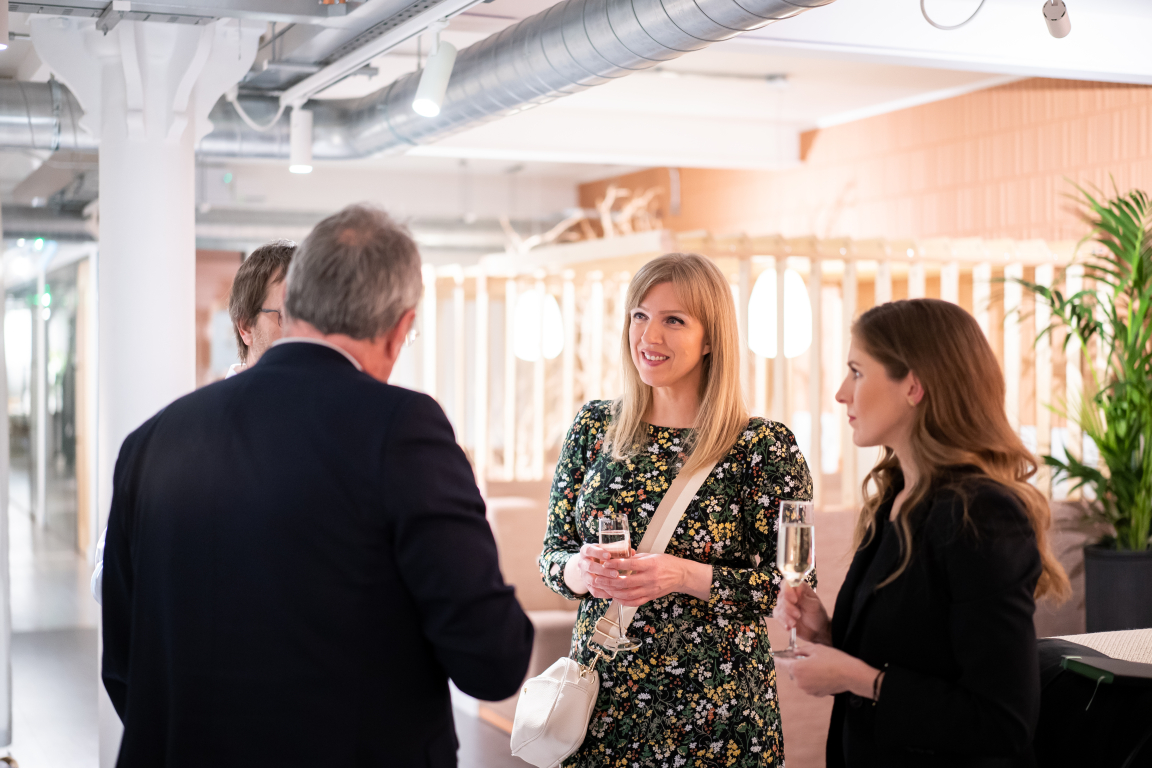
Top takeaways:
Huge challenges remain around sustainability in commercial building retrofits because there are very few drivers.
Occupiers of commercial buildings will drive change but, even more so, the investors and investment value of the asset will drive change too.
There is a need to start seeing buildings not as new entities but also as existing assets which can be repurposed.
Adoption of green leases becoming more popular.
Greater Manchester is not moving fast enough towards its 2038 net zero target.
Greater Manchester could in theory have a variable business rate where you offer a more favourable rate to those buildings which are greener.
Natural ventilation is being looked at again by the industry, as are ambient loop systems.
There is a flight to quality among businesses and occupiers with sustainability, amenity and flexibility key.
Our thanks go to all our roundtable guests, and our Partners and supporters for the evening, Cosentino and Ege Carpets.
All image credits: Victoria Middleton






